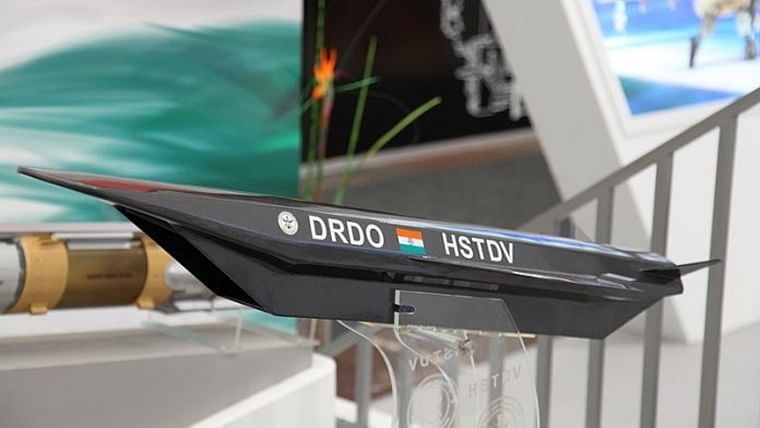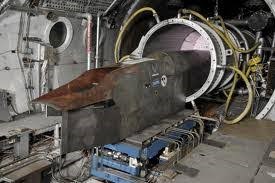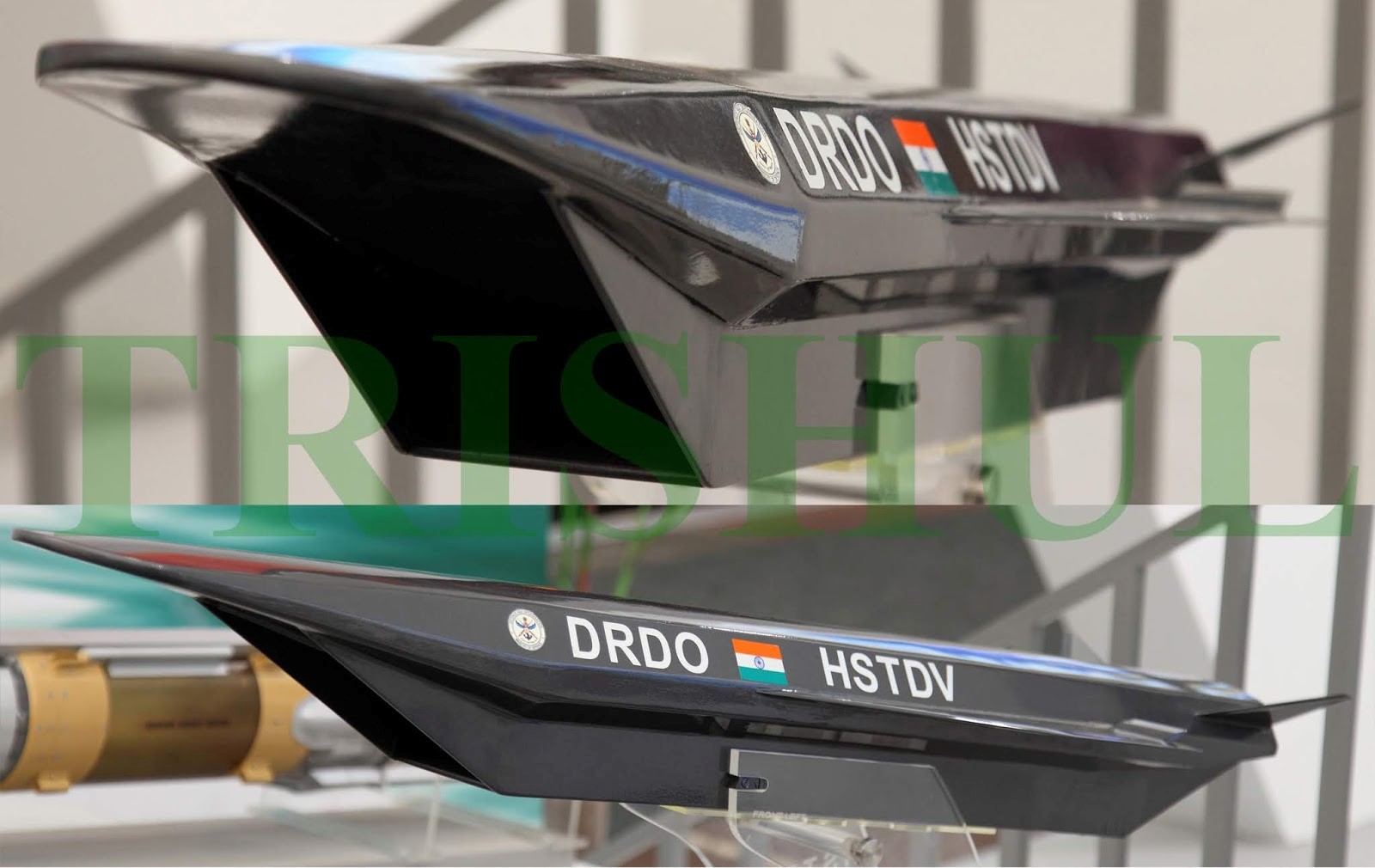India enters the club of proven capabilities in hypersonic vehicles, DRDO’s HSTDV bottom made from Aluminium alloy
The Defence Research & Development Organisation (DRDO) of India has successfully conducted a test on 7th September of its wholly indigenous Hypersonic Technology Demonstrator Vehicle (HSTDV) which has been under development for well over a decade.

HSTDV took-off aboard an Agni missile booster rocket from the APJ Abdul Kalam testing range on Wheeler Island off Balasore, Odisha. The rocket reached an altitude of 30 kilometres (about 98,425 feet) when the HSDTV separated, its air intake opened, which then automatically triggered the firing of the air-breathing scramjet or supersonic ramjet. The combustion prolonged for more than 20 seconds, with the vehicle achieving a cruise velocity of Mach 6 (about 7400 km/h at this altitude), the main criteria to deem the test a success.
DRDO said: “The vehicle performed successfully on all the pre-determined parameters including the ability to handle combustion temperatures of over 2500 degrees Celsius as well as airspeed.”
According to DRDO spokespersons: “The HSDTV also demonstrated near-perfect performance concerning various other technologies and parameters, such as separation of the vehicle from the booster at hypersonic velocity, fuel injection, auto-initiation of ignition, aerodynamics for hypersonic manoeuvres, sustained combustion at hypersonic airflow speeds, heat and structural performance of special materials at high temperatures.”

The launch of HSDTV has delivered India a gate-pass to enter the elite members’ club of countries with proven capabilities in hypersonic vehicles, namely the US, Russia and China, while a handful of other countries such as Japan, Australia, France and the UK also have significant capabilities in this area.
The design of HSDTV has been indigenously developed by DRDO; however, some external support was taken, particularly in initial stages of development. Some early wind tunnel testing was done in Israel, and eventually, at Cranfield University, the UK, which specialises in aeronautics. Since then DRDO has built its hypersonic wind tunnel in the missile complex in Hyderabad. Russia, the world leader in hypersonic vehicle technologies, is also presumed to have assisted in some critical areas.

The bottom section of DRDO’s HSTDV is made of aluminium alloy, while the top surface, wings and tail are made from special titanium alloys. The inner surface of the double-walled engine is believed to be a niobium alloy, while the outer surface uses a “nimonic-” type nickel-chrome-titanium-aluminium alloy.
The US and other countries denied for this technology sharing, which took DRDO to spend considerable time on in-house development of these special-purpose materials, so it has been a very special success for the prestigious organization.
source https://www.alcircle.com/news/india-enters-the-club-of-proven-capabilities-in-hypersonic-vehicles-drdos-hstdv-bottom-made-from-aluminium-alloy-59013

Comments
Post a Comment